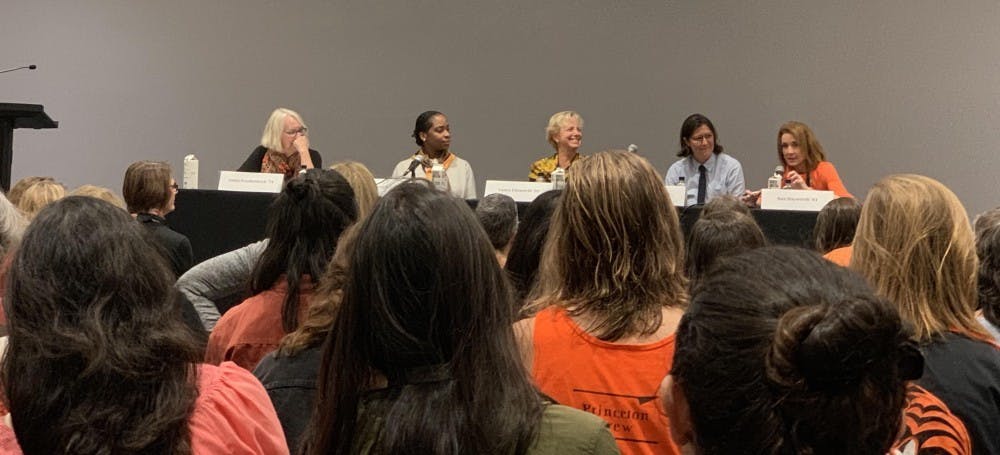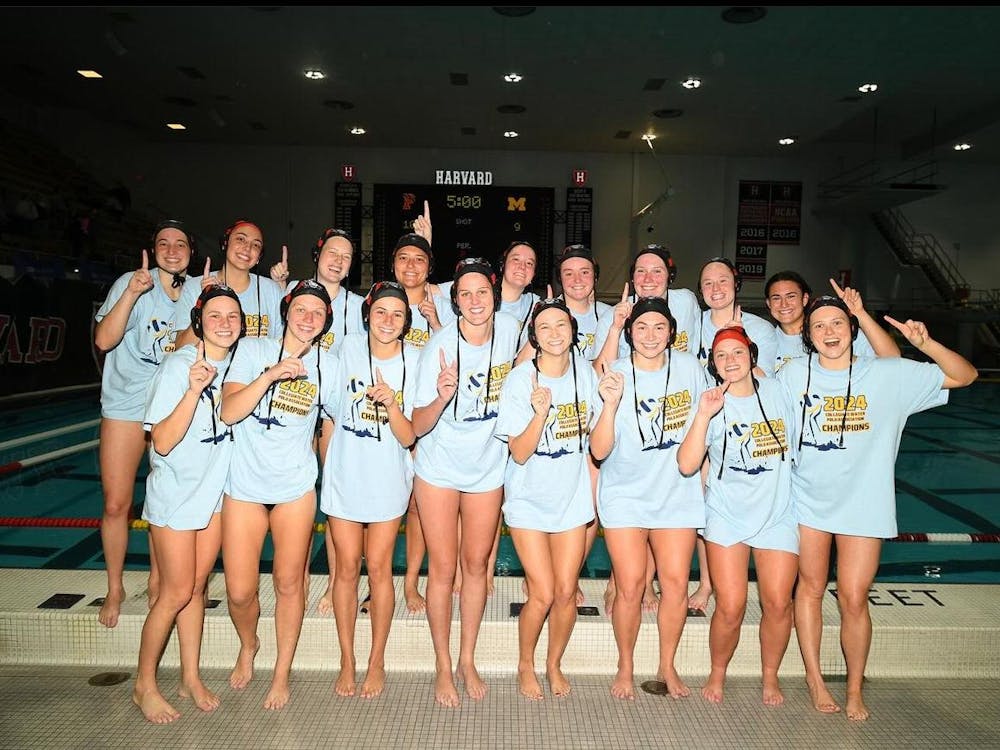Earlier this semester, I published part one of a series outlining the systemic causes for the gender inequality among Princeton’s faculty. While Princeton is not the worst example of gender discrimination in academia, the lack of female faculty serves as a stark reminder that the University must do more than erect monuments or paste QR codes to the sidewalk to remedy this problem.
Where are all the women? They are left behind by institutions that fail to acknowledge their serious bias towards the model of a “male genius.”
For those who have not read my previous articles, I will reiterate the context for this series: as of 2017, according to Princeton-provided data, of 1,252 faculty members, 405 — only 32 percent — are women. Only 26 percent of full professors are women. As of last year, only 162 of the 862 tenured faculty members were women, or 19 percent. Most U.S. four-year colleges hired female applicants for merely one-third of their faculty positions in 2013; Princeton falls in the middle of the highest-ranked universities for gender parity in hiring.
Studies have shown that male gatekeepers in the academy are more likely to provide resources and mentorship to male, rather than female, undergraduates. In one experiment, scientists were asked to hire and pay an undergraduate lab assistant based on fictional resumes. The scientists were more likely to offer the position and additional mentorship to male applicants, despite the identical resumes of the male and female students. They also gave women a lower salary — 88 cents to the dollar.
Another study found that referees asked to write letters of recommendation for applicants to medical school positions tended to write shorter and less keen letters for female students. Those letters were also less likely to include comments on the quality of their research.
Finally, a study on “feeder labs” led by elite principal investigators (PIs) found that feeder labs led by male PIs, which often produce assistant professors, were significantly less likely to hire female postdocs. While female postdocs made up only 31 percent of elite labs’ workforces, they represent 48 percent of postdocs in female-led feeder labs and make up more than 50 percent of science PhDs.
Though this bias may be less subtle than other obstacles to female advancement, it remains largely unaddressed outside of feminist academia. While Princeton cannot deny the numbers, it has yet to take concrete steps to address even the most basic forms of discrimination in academic hiring.
Forty-four major law firms and 55 corporate legal departments have publicly implemented the Mansfield Rule, which “measures whether law firms have affirmatively considered women and attorneys of color — at least 30 percent of the candidate pool — for leadership and governance roles, equity partner promotions, and lateral positions.” Princeton has no such policy in place.
A study published in the Harvard Business Review found that “when there was only one woman or minority candidate in a pool of four finalists, their odds of being hired were statistically zero. But when we created a new status quo among the finalist candidates by adding just one more woman or minority candidate, the decision makers actually considered hiring a woman or minority candidate.” They acknowledge the counterargument of reverse racism, but point to the fact that women are more likely to have college degrees and are hired at a higher rate in blind auditions. Princeton has instituted neither a university-wide blind application nor an applicant pool diversity policy.
These solutions are popular even within traditionally conservative fields, and they can only benefit the University by expanding the pool of talented academics working on campus. Hiring more women will benefit female students, ultimately improving Princeton’s reputation, as more female students go on to have successful careers. I want to believe that Princeton is only a slow-moving system, not a malicious one. I hope that by pointing out where the University can do better, the administration will prove that it wants to — and will take the steps to make those intentions a reality.
Madeleine Marr is a junior from Newtown Square, Pa. She can be reached at mmarr@princeton.edu.










